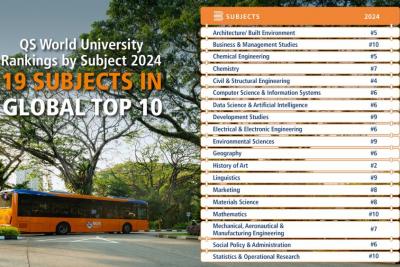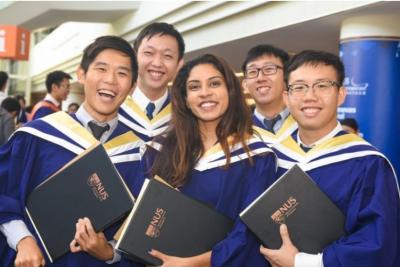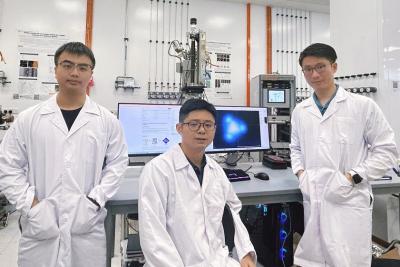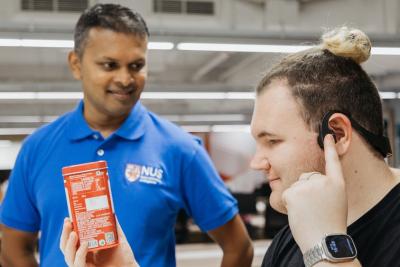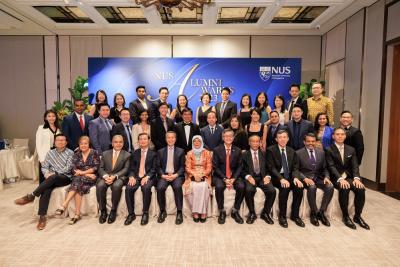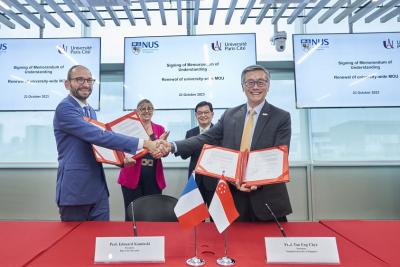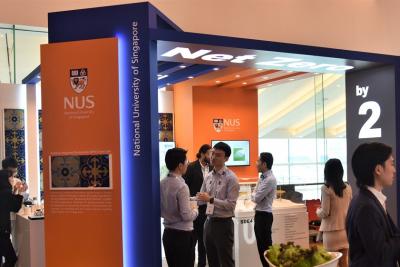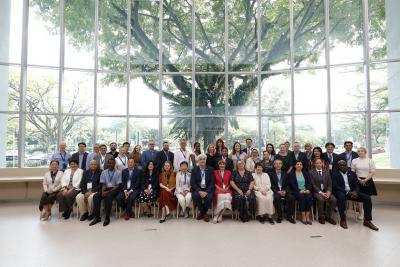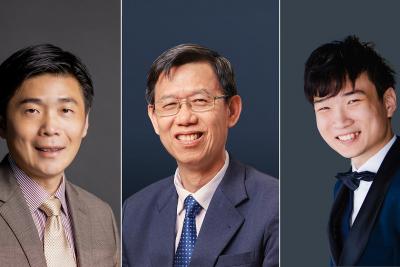Các nhà khoa học lượng tử của NUS đã phát triển một phương pháp mới về mảng nguyên tử
Researchers from the Centre for Quantum Technologies (CQT) at the National University of Singapore have developed a novel method to pristinely arrange rubidium atoms into arrays about as wide as a human hair with the use of optical tweezers. Using their automated setup powered by a novel algorithm, the team led by Assistant Professor Loh Huanqian, Principal Investigator at CQT, realised a defect-free 225-atom array with a success probability of 33 per cent. This is among the highest success probabilities reported in the literature for room temperature setups.
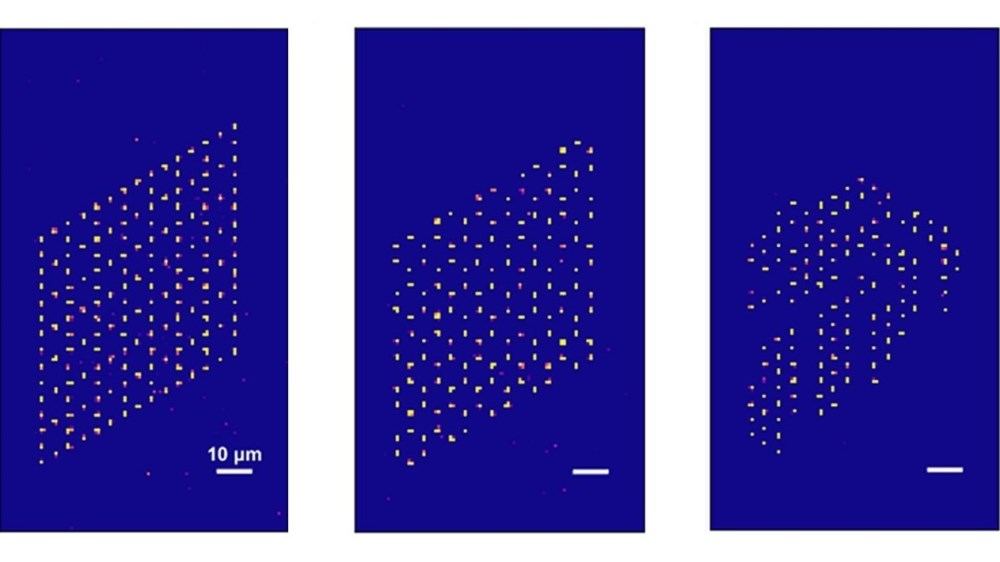
Arrays of neutral atoms are a promising platform for quantum simulation. Asst Prof Loh Huanqian and her group can precisely assemble large arrays of singly-trapped rubidium atoms, as shown in these single-shot images of arrays with arbitrary geometries: (from left to right) kagome, honeycomb, and a lion head, which is a national symbol of Singapore. (Photo: Centre for Quantum Technologies)
Quantum arrays can help scientists to perform powerful quantum simulations of materials. Perfection in the pattern is important because defects, or missing atoms, in an array have been found to deteriorate the observed signal in quantum simulations.
The CQT group achieved this by rearranging multiple atoms with several optical tweezers, making it more efficient and flawless than existing methods that only move one atom at a time using a single optical tweezer.
See more here





